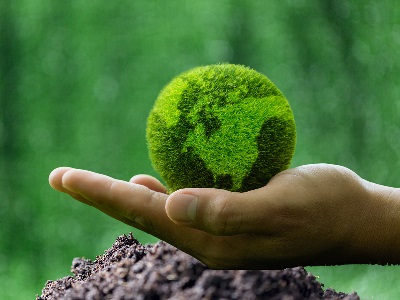

Ranger Quiz - Environmental Conservation
Rangers learn about crucial environmental issues, conservation practices, and the importance of understanding and nurturing our planet. They are also encouraged to share their personal beliefs and opinions on the subject. Globally, the Girl Guides take part in many conservation efforts to help protect the planet, from litter picking to planting trees. They become familiar with key concepts in environmental science, wildlife protection laws, and effective strategies for preserving biodiversity.
They also learn how we can minimise our impact on the environment through sustainable energy sources, reducing plastic waste, and adopting sustainable practices.
Test your knowledge on environmental conservation.
Ready for more?
not all...
quizzers. Try to win a coveted spot on our Hall of Fame Page.






